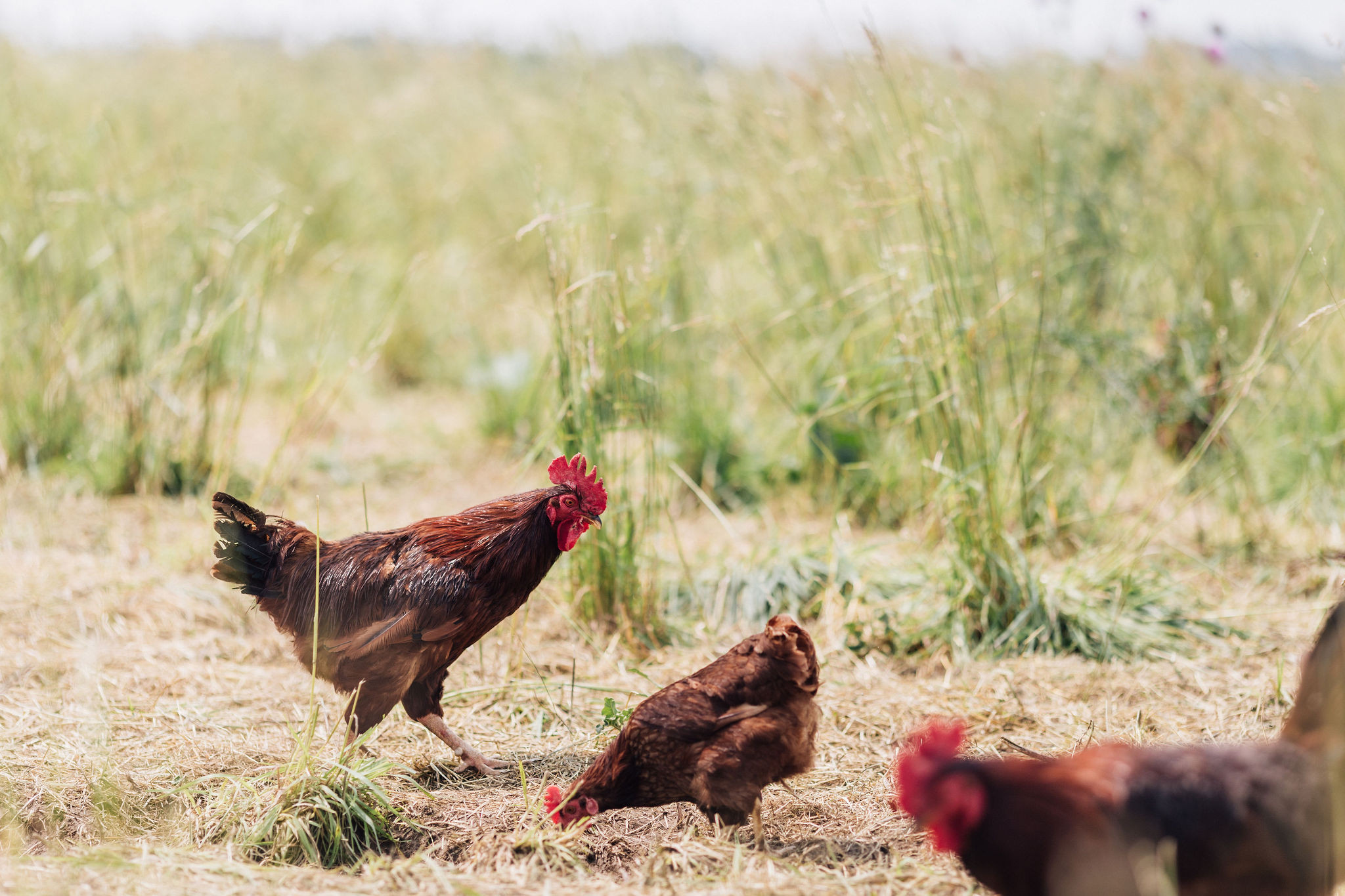Sour Milk and Clabber
posted on
September 1, 2017
Last week, my family ended up with some sour milk. So... I decided to make some clabber (for those who may not know, clabber is raw milk that has naturally clotted or curdled). I divided the milk amongst two 1⁄2 gallon mason jars, topped them with a clean cloth, and secured the cloth with a rubber band. Then, I put it on the kitchen counter and promptly forgot about it.
A few days later, I remembered it was there. I had my 5-year-old inspect it with a spoon. The clabber turned out beautifully. Oh, the enzymes and beneficial bacteria had been very busy breaking down the proteins and sugars in the milk. It was quite solid, like a thick yogurt in some places and a firm cottage cheese in others. A nice crisp white at the bottom with thick yellowish fat at the top.
I poured the clabber into a strainer with the intent to separate out the whey and make a soft cheese (similar to ricotta) and maybe use some to leaven a cake (like people did before 1870, when baking powder was invented). It was so glorious that I needed to take a picture for the farm’s new Instagram. I held my phone in one hand and my 9-month-old baby on the opposite hip. As I attempted to maneuver and find the perfect shot, it only took a split second for my baby to stealthily grab the bowl and catapult clabber onto my counters, floors, fridge, stove, me, and herself. Yea, my kitchen was covered. It had even managed to penetrate the inside of my cabinets and splatter the carpet in the living room. As my 3-year-old describes it, “It’s like a volcano filled with clabber exploded in our kitchen.”
I stood there, shocked and covered with clabber. I thought, maybe this is good news. Maybe clabber is a fantastic cleaning product. I wiped my phone and googled it. No, it’s not. All I could find were ways to get the smell of sour milk out of your home. And, alas, I got to cleaning.
I don’t want to leave on a sad note, because it’s not all bad. As Thomas Edison said, “I have not failed. I've just found 10,000 ways that won't work.” Note to self: do not let a baby within arm’s reach of something precious and delicate (like clabber).
The positive is that I did have the other 1⁄2 gallon of gorgeous clabber that I turned into a delectable soft cheese that I served with sliced apples, the first of the season (fall is coming). I also used the whey to make a fizzy probiotic soda with apple cranberry juice. Another positive side effect was the many follow-up questions from my kids, which made us all learn a lot more about history and microbiology. And...you also got this sweet story for your newsletter.




